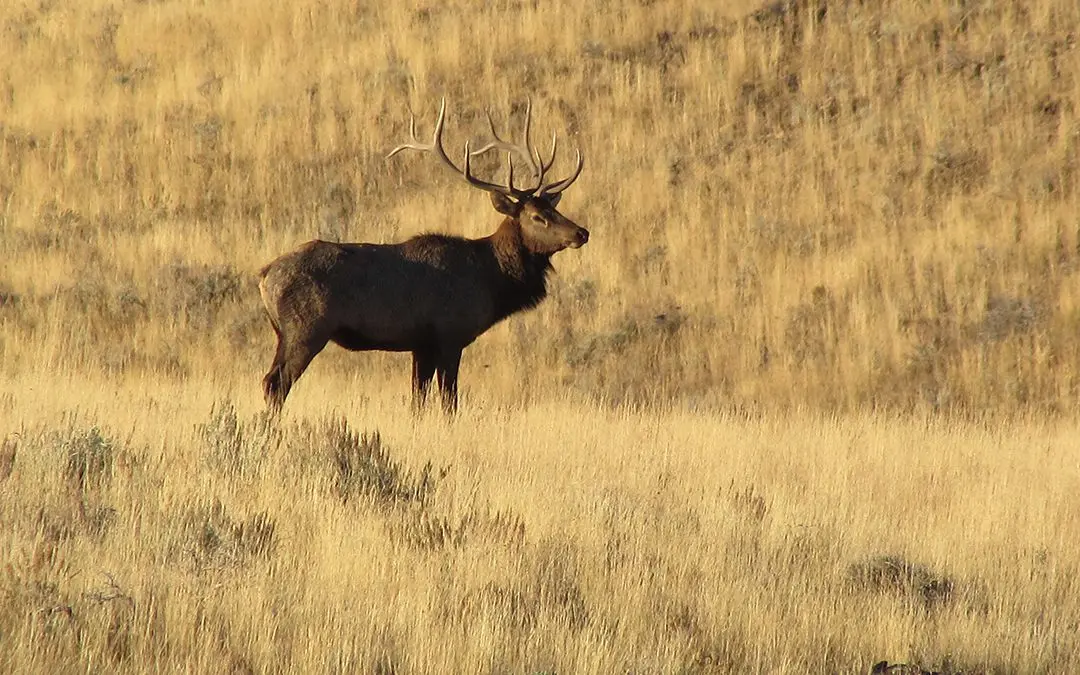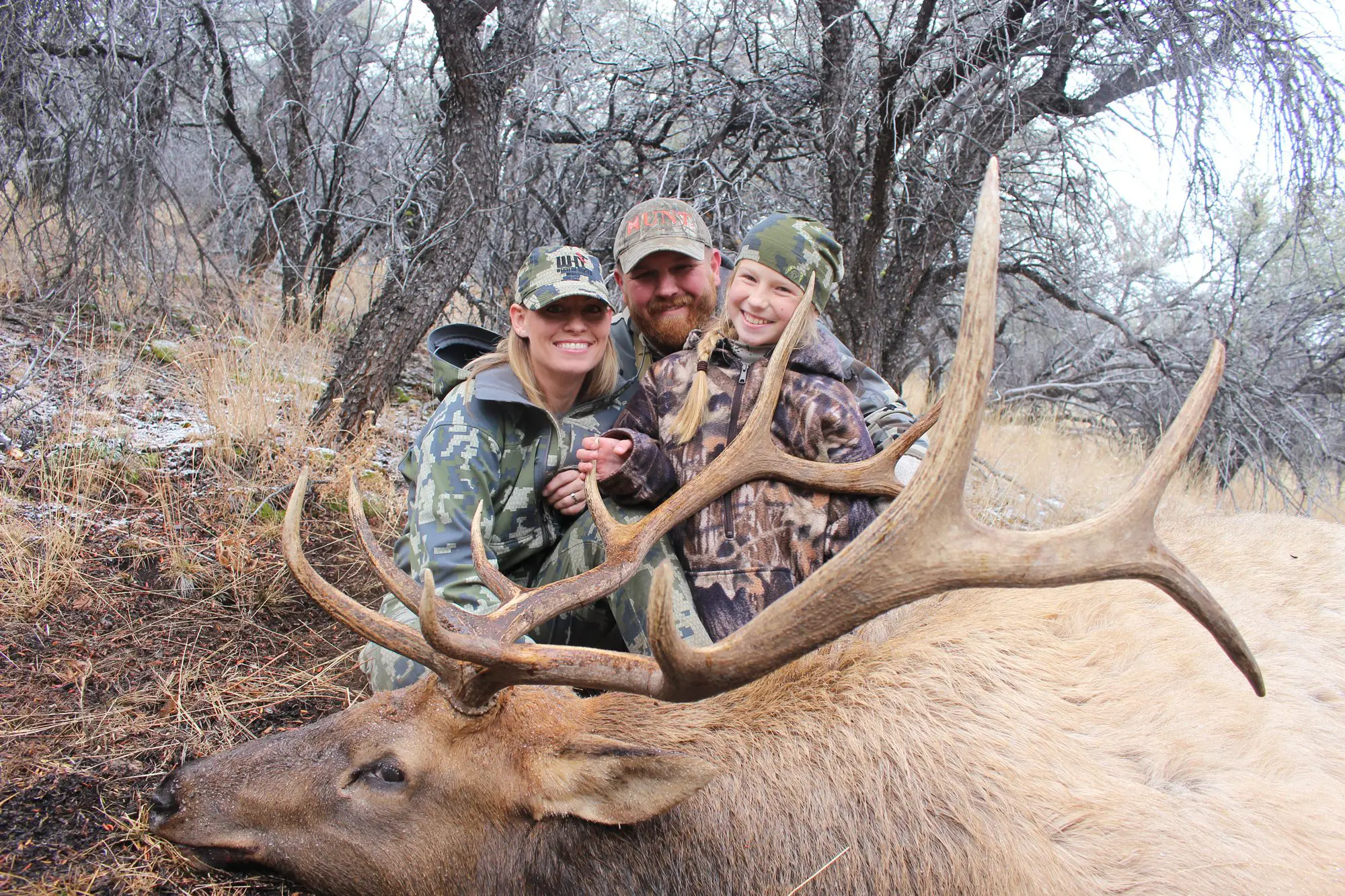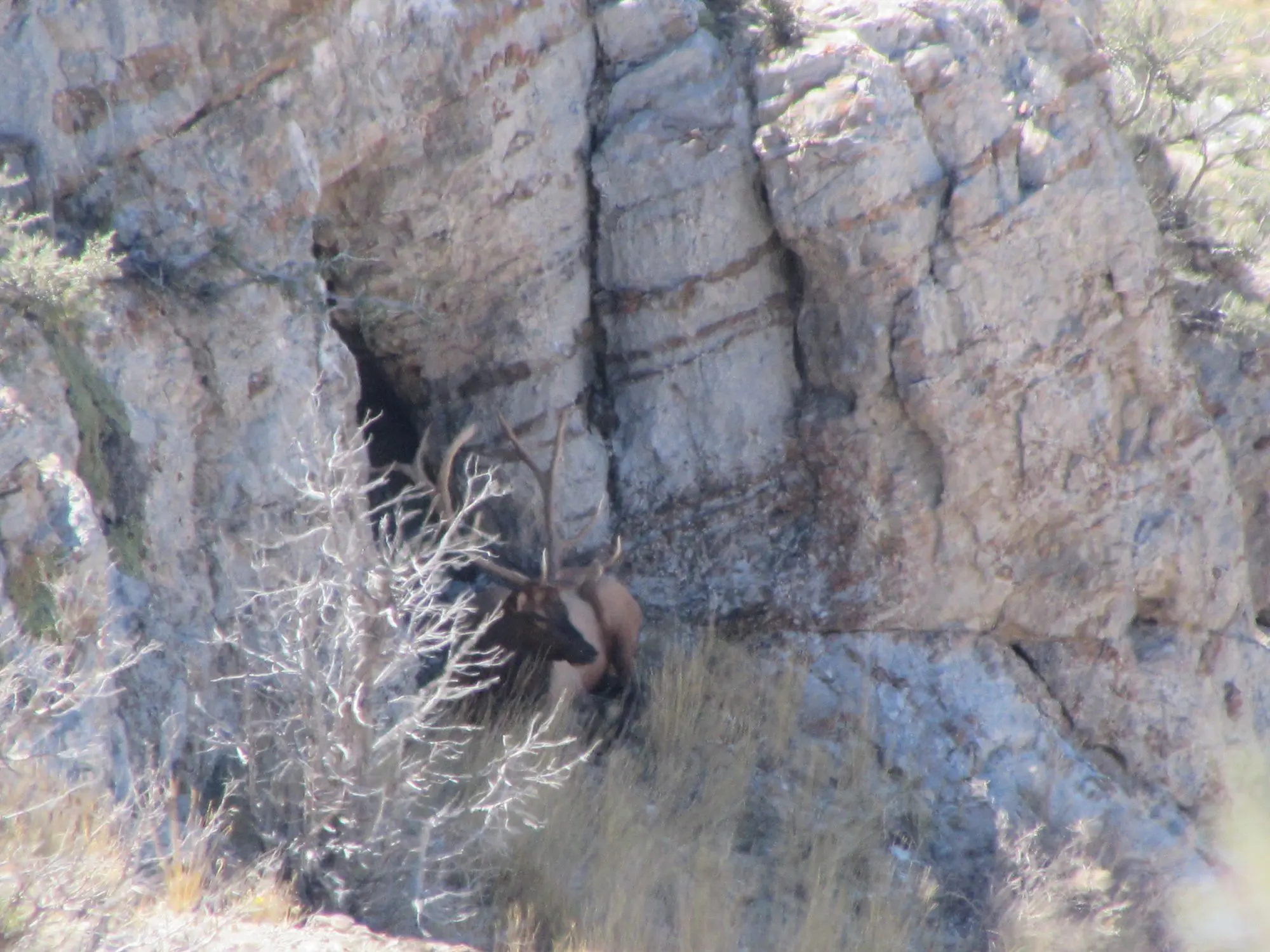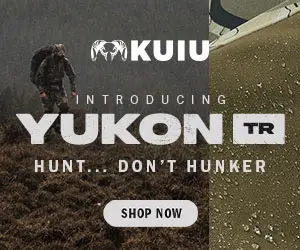
NOTICE: Certain links on this post may earn a commission for Western Hunter Magazine from Amazon or our other affiliate partners when you make a purchase. Thank you for your support.
Hunt Different Elk Habitat for More Success
Like most hunters out there, when I dream of elk hunting, I tend to paint a picture of the most picturesque elk habitat. Personally, mine consists of steep sage slopes that melt into thick timbered bedding areas full of springs that drop off into cool creek bottoms.
Over the years, I’ve planned my trips both near home and in other states around hunting these types of elk habitat. The only problem is that most every hunter out there is also keying in on those areas. With the increase in hunters willing to travel to hunt the over-the-counter areas many of us hunt, it leaves us all searching for areas that aren’t overrun with eager hunters.
One thing I’ve started doing is hunting “fringe areas”. This includes big sagebrush country, cedar, mahogany, or similar elk habitat. Although this area might not be as pretty as classic elk country, it can be very productive, and I can find beauty in any place that leads to quality elk encounters.

Three Key Alternative Elk Habitat
Agriculture areas:
Elk are big animals that require a good amount of water and feed to survive, so they are naturally drawn to lush green alfalfa fields. Because of this, a significant opportunity exists. At times, it might not be the most glamorous of hunting, but for those willing to pay attention and pattern animals, it can occasionally be a gold mine. However, don’t be fooled into thinking that these areas aren’t already being hunted, because they surely are.
Another thing about fringe elk habitat is that once they start hitting the green fields, the herd seems to multiply in size. With lots of cows come multiple bulls, and usually a good bull to boot.
I know a few guys that have found good success hunting fringe elk habitat and one of the best techniques they’ve shared is watching where the herd goes and then setting up and ambushing them on their way back to the fields. The best way to do this is to watch them over a few days and working out some sort of pattern so you put the odds in your favor.
When hunting fringe elk habitat, be respectful of landowners and issues that come with it (gates, trash, leases, etc.). Try to get on good terms with the landowners and have a GPS/chip or phone app to help you navigate property lines.
Cedar/mahogany:
This type of terrain and elk habitat is usually hot, dry, and dusty during hunting season. Elk historically tend to spend a lot of time in this type of country during the winter, but these days it seems that more and more elk are spending their time here during hunting season.
Mahogany elk habitat can be one of the most frustrating places there is to hunt. When sitting on an opposite hillside glassing into mahogany, it seems like you can see everything, and animals can be easy to spot. However, once you’re on that hillside, it couldn’t be further from the truth. It’s hard to see any distance at all, and finding those animals can be nearly impossible.
On top of that, oftentimes you end up on hands and knees crawling just trying to get through it. I tend to call more than stalk while I’m hunting mahogany due to the difficulty of spotting my target animal and because mahogany tends to be noisy.
It’s not all bad though. Animals love these areas, and because of the unfavorable hunting conditions, you oftentimes won’t have as much competition. I’ll take that situation any day, even if it means dealing with an unlimited supply of scrapes on my face and arms.
Cedar country can be much like mahogany, but from my experience, it isn’t nearly as hard to traverse. It’s very similar in that you can spot them far away pretty easily, but it’s hard to spot them when you get close. The one huge difference is that it’s easier to be quiet on your approach. The ground in cedar elk habitat is often sandier and makes for quieter walking. Because of this, when hunting cedar country, I feel that stalking and/or moving in close before calling can be very effective tactics.
Big sage:
Many of the areas I hunt often in Idaho, along with other places I’ve hunted in Colorado, Montana, and Wyoming have one thing in common - huge expanses of sagebrush. Sage elk habitat doesn’t look overly inviting to many elk hunters, but they can hold many more elk than most hunters realize. Many times sage elk habitat has everything they need to survive - water, bedding cover, good visibility of their surroundings, and fewer hunters chasing them around.
At first, this type of cover can seem marginal, especially for bowhunters, but once you start chasing elk here, you can see how productive it can be. You’ll soon see that the many ravines, valleys, boulders, and ridges that make up this elk haven also provide good spot and stalk hunting, calling, and even setting up an ambush.

How To Hunt It
Make your one chance count:
When hunting fringe elk habitat, you need to play it smarter than when hunting other types of terrain, because it’s fairly easy to hunt these areas out in a day. Once you make your move, it can be easy to blow them out of the area.
I’m usually fairly aggressive when hunting, but I think you are better off being more cautious while hunting fringe elk habitat and really getting your ducks in a row. I’m not saying to sit back for days on end, but at least wait and watch until you feel the odds are in your favor.
These types of areas can play out quickly with a single misstep. It’s advisable to have plans B, C, and D ready to go.
Be Mobile:
Having to move spot to spot can be a drawback to this style of hunting. I normally enjoy setting up a nice basecamp, but when hunting fringe areas, I scale down to something I can easily throw in my rig and move on when needed.
I’m currently working on setting up the ultimate mobile camp. I’m looking to purchase a new topper for my truck and a drawer system to help organize my gear, among other things. The goal is to be even more efficient and versatile.
Gear:
For the most part, your gear won’t change, but there are a few items worth mentioning. Many of the fringe elk habitat we have been talking about is hot and dry during hunting season. With the lack of timber for shade, it seems like you’re always out in the sun. Because of this, I like super-light clothing that covers your skin but don’t heat you up. Just having comfortable, lightweight gear can really help.
Like most western hunts, quality optics are a must. Big optics can really shine on a hunt like this. Personally, I like to have a small spotting scope for my pack like my Vortex Razor HD 11-33x50 and a big spotter with more power and objective for the truck. I know this can be a big investment, but it is a huge help. Many times, in this type of hunting, you might be glassing five miles, so having a big spotter can be worth its weight in gold.
Another thing worth mentioning is that you need to be able to bring lots of water. It’s hot and water availability might be questionable.
Conclusion
More and more hunters are chasing elk these days. That’s a good thing overall, but with more hunters comes more competition. The smart hunter adapts and searches for overlooked areas. Since I realized this, I’ve started venturing more into fringe elk habitat.
Of course, I’ll always love to hunt the classic timbered elk country, but nowadays I can often be found hunting the more open fringe areas of the West. This factor has led to more elk encounters and more elk meat in my freezer. That’s enough to put a smile on my face any day.

